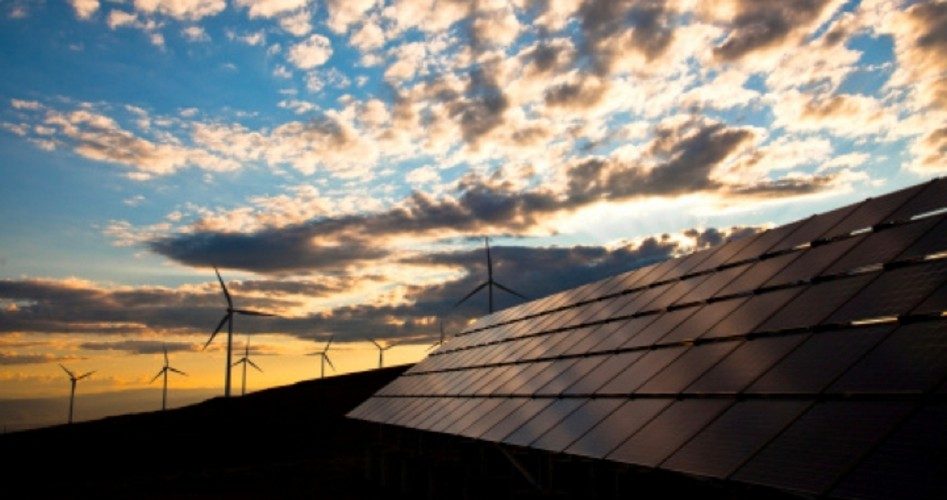
Wind and solar energy sources can wreak havoc on utility grids. This is because power must be used as it is generated, and generated as it is used. There is no way to store it. As consumer demand increases, so must generation, whether or not the wind is blowing or the sun is shining. As demand drops off — for instance, during mild weather or at night when there is a slowdown in commercial and industrial activity — electricity producers must reduce output to balance production and usage. When demand is low enough, producers must pay to put power on the grid, giving electricity a negative value.
Of course, that isn’t true for subsidized “renewables,” which get priority access to the grid and guaranteed prices for their product regardless of its value. Your tax dollars are going to keep flowing to them in the form of government subsidies even when their continued production is causing major grid problems. You’ll also feel the effect in your monthly utility bill because the situation forces non-subsidized producers, such as coal and nuclear plants, to remain online as spinning reserves to instantly modulate their output in response to vacillating renewable sources, a process that is both expensive and inefficient. The more a grid relies on undependable renewables, the more unstable it becomes and the higher the risk of blackouts and brownouts.
Europe is feeling the brunt of this ludicrous situation, prompting its largest power companies to publicly call for an end to renewable energy subsidies because subsidies are causing crippling utility bills and the threat of continent-wide blackouts. James Conca of Forbes reported that regardless of demand, consumers in France must pay wind generators their guaranteed €83 per megawatt hour ($112/MWh), whereas nuclear power wholesales for about €40 per megawatt hour ($54/MWh).
Germany, where renewables comprise 25 percent of the power portfolio, has the highest electricity prices in Europe, causing German newspaper Der Spiegel to declare electricity “a luxury good” and point out, “This year, German consumers will be forced to pay €20 billion ($26 billion) for electricity from solar, wind and biogas plants — electricity with a market price of just over €3 billion.”
Meanwhile, Bloomberg reported, taxes Germans pay to support renewables have quintupled since 2009. Ironically, German CO2 emissions are on the rise because the country’s coal plants must constantly ramp up and down in response to erratic renewable power.
The story is repeated in other countries such as Spain, where renewables make up 27 percent of the energy mix and are also helping drive the second highest unemployment rate in Europe. A report by Gabriel Calzada Alvarez, economics professor at King Juan Carlos University in Madrid, shows for every four new “green” jobs created, the Spanish government’s renewable energy initiatives have destroyed nine jobs in other energy sectors. He warns that the United States can expect the same if it continues on its current path.
Yet these are the countries President Obama has repeatedly praised as paragons of green energy leadership. Of course, we know skyrocketing electricity rates are part of his “save the Earth” campaign, and he knows renewable power could not compete without subsidies and under free market conditions. However, there is one thing his EPA could do to prevent blackouts already hitting areas stricken by this grid syndrome, especially Texas and Midwestern states. Since the agency is so eager to promulgate rules, how about a new mandate? “Subsidized energy generators must give way to base load providers when electricity supply is exceeded by available demand.” Otherwise, reliable producers will be forced into repeated generation interruptions that drive costs up and profits down. At some point they will find it unprofitable to remain in business — a dream of environmentalists — until the lights go out.
Related article:



